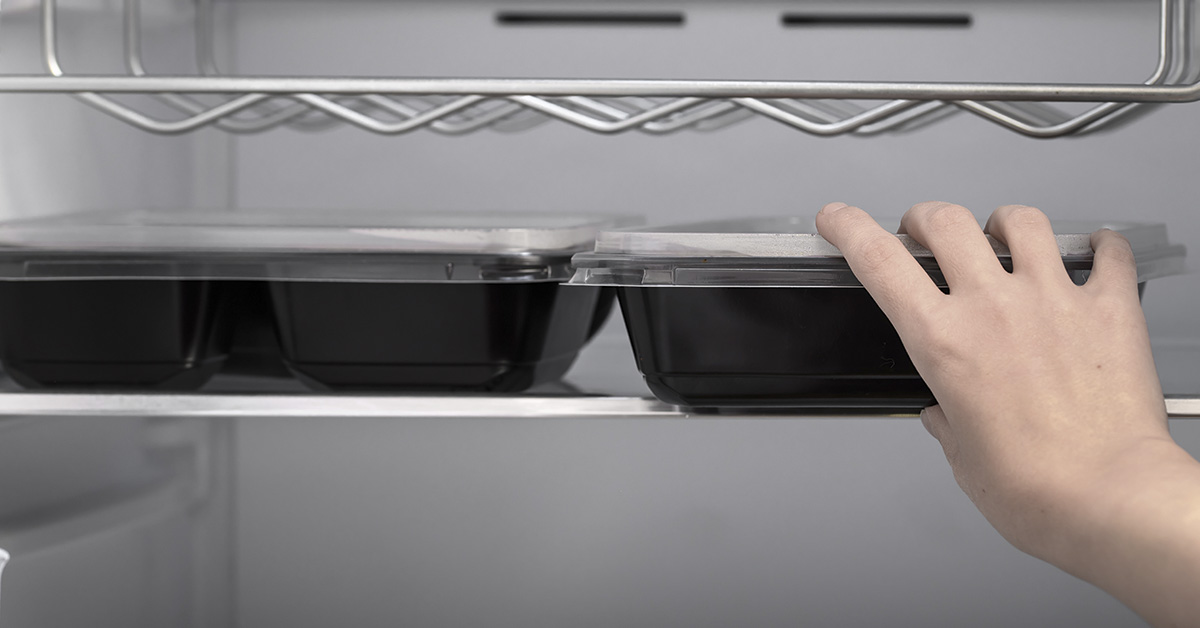In our current society, most people find it increasingly difficult to find time to cook every day of the week. Cooking more than what you have and then storing the leftovers for the next day or week. Reheating leftovers saves time and reduces food waste. Generally, if stored and reheated properly, leftover food is usually safe to eat.
However, certain foods become dangerous and toxic when you reheat them improperly. Bacteria can multiply rapidly on the food during temperature changes, exposing you to serious health risks. Some foods develop toxic compounds that survive reheating processes entirely. Here are 8 various foods you should never reheat to save yourself from potentially serious illnesses.
1. Potatoes Can Harbor Deadly Botulism
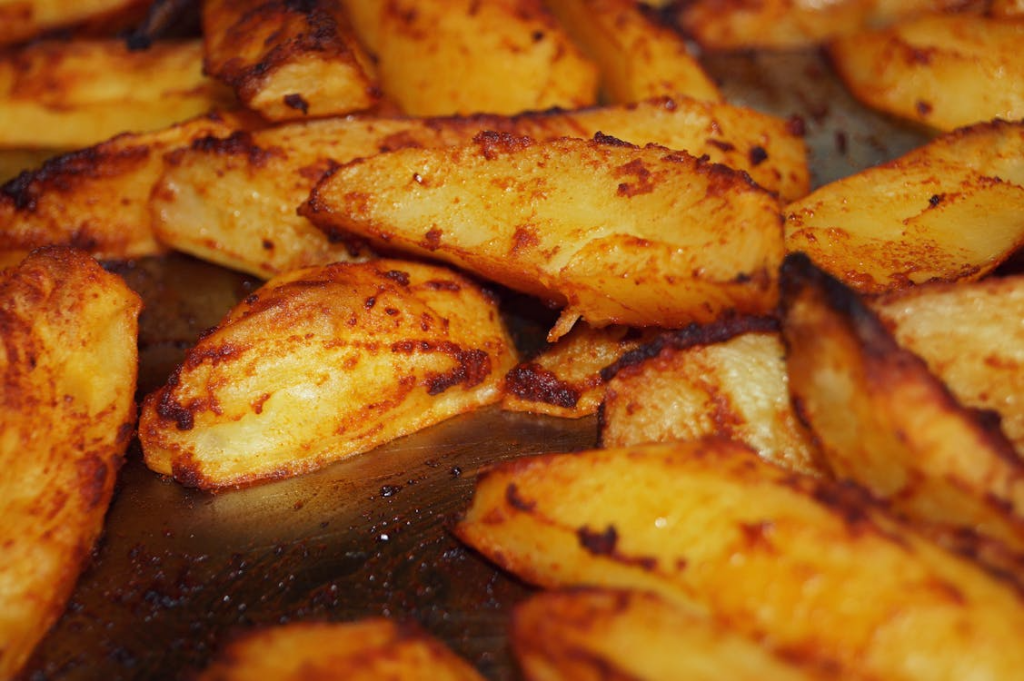
Cooked potatoes, if left to cool at room temperature for a prolonged period, create ideal conditions for botulism. The bacteria thrive in oxygen-free environments, especially when potatoes are cooled in foil wrapping. If they remain at room temperature for too long, this allows Clostridium botulinum to multiply rapidly and produce dangerous toxins.
Reheating does not eliminate these heat-resistant toxins once they form. The toxins remain active even when potatoes appear piping hot throughout. Refrigerate cooked potatoes immediately after serving to prevent bacterial growth. Never store foil-wrapped potatoes at room temperature for extended periods.
2. Rice Contains Heat-Resistant Bacterial Spores

Cooked rice can be contaminated by bacillus cereus bacterium. Although bacterium is rendered dormant and harmless by heat, these spores activate when cooked rice sits at room temperature too long. The bacteria multiply and produce toxins that cause vomiting and diarrhea within hours.
Reheating rice doesn’t destroy these pre-formed toxins effectively. The spores remain viable throughout multiple heating cycles, creating ongoing contamination risks. Consume rice immediately after cooking or refrigerate within two hours. When you must reheat food like rice, ensure every portion reaches steaming temperatures.
Read More: Reasons You Should (and Shouldn’t) Eat More Eggplant
3. Chicken Poses Multiple Reheating Risks
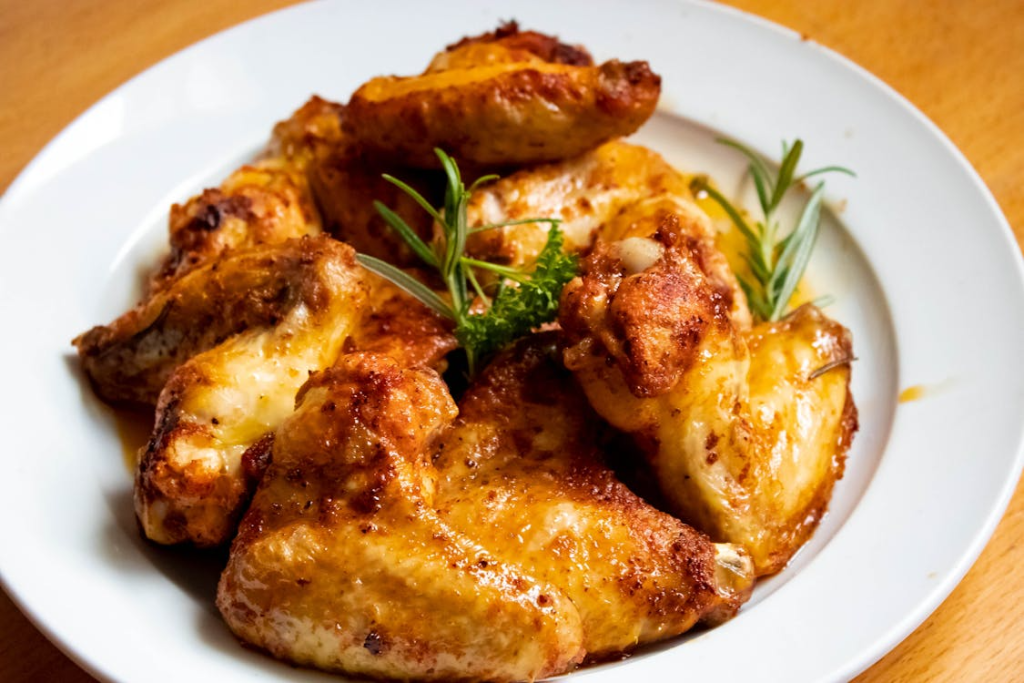
Most people are aware of the dangers undercooked chicken possess and reheating leftover chicken can be a serious health risk. Reheating leftover chicken does not always cause food poisoning, but requires thorough heating to ensure safety and eliminate harmful bacteria. Chicken contains naturally occurring salmonella bacteria that multiplies during storage. The protein density in poultry makes even heating challenging during reheating processes. Uneven temperatures allow dangerous bacteria to survive in cooler sections.
Microwaves heat chicken unevenly, creating hot and cold spots throughout portions. Every part must reach 175°F to eliminate harmful bacteria completely. Protein breakdown during reheating can also cause digestive upset in sensitive individuals. Use meat thermometers to verify safe internal temperatures before consuming reheated chicken.
Read More: 8 Foods That Spoil Faster Than You Think, Even in the Fridge
4. Eggs Develop Harmful Bacteria Quickly

Eggs left at room temperature for over 2 hours become breeding grounds for salmonella. The FDA warns against reheating egg dishes that haven’t been properly refrigerated. Protein structure changes during reheating release sulfur compounds and unpleasant odors.
Temperature fluctuations promote rapid bacterial multiplication in egg-based foods. Reheating alters protein composition, making eggs rubbery and potentially causing digestive problems. Consume egg dishes immediately after cooking or enjoy them cold in salads. Never reheat food containing eggs that’s been sitting out too long.
Read More: Understanding The Secret Meanings Behind The Codes On Your Egg Cartons
5. Mushrooms Deteriorate Rapidly After Cooking
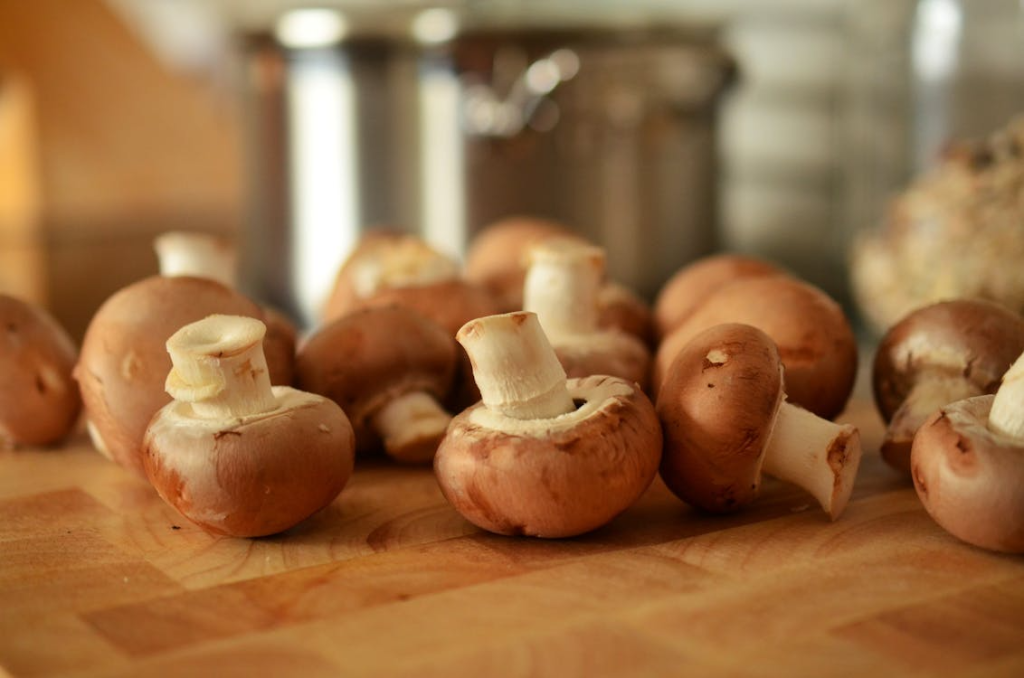
Mushrooms contain proteins that enzymes and bacteria easily destroy after cooking. Their high water content makes them extremely perishable, even under refrigeration. Improper storage leads to rapid deterioration and potential stomach upset.
Cooking breaks down mushroom cell walls, releasing nutrients that bacteria thrive on. This accelerated decomposition makes reheated mushrooms particularly risky for food poisoning. The European Food Information Council recommends heating mushrooms to 158°F if reheating becomes necessary. Store cooked mushrooms properly and consume within 24 hours after cooking.
6. Seafood Becomes Dangerous Within Hours
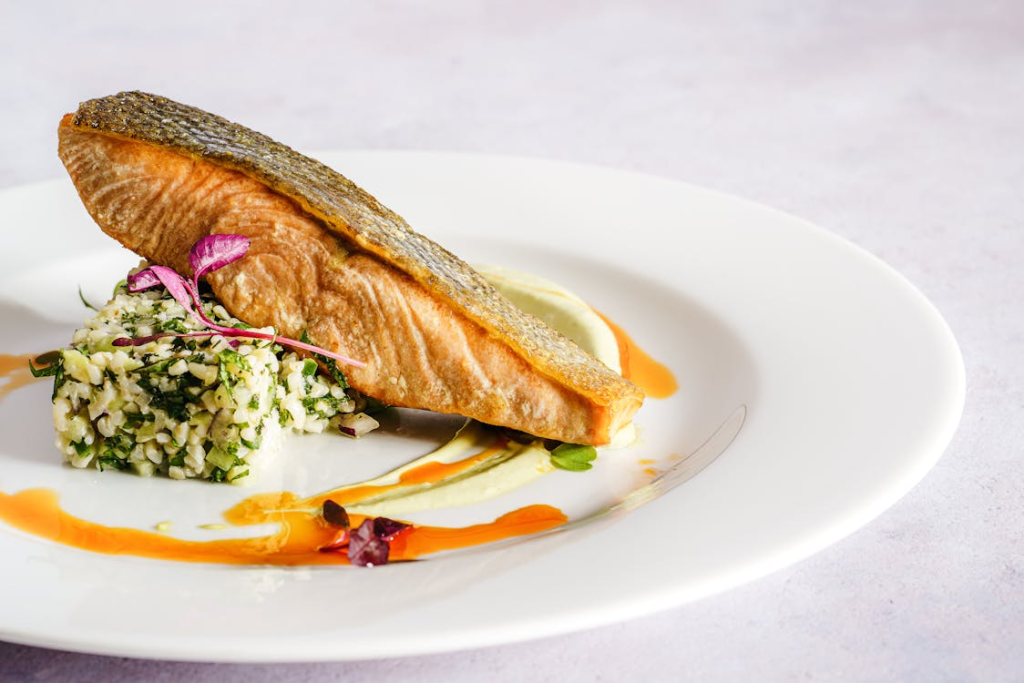
Fresh seafood develops harmful bacteria rapidly when left at room temperature. The FDA recommends discarding seafood after 2 hours in cool weather or 1 hour in warm conditions. Bacteria multiply quickly at temperatures between 40°F and 140°F.
Reheating may not eliminate all dangerous microorganisms. Seafood that was not immediately frozen after catching poses additional contamination risks. Professional storage standards vary widely, making safety assessment difficult for consumers. Consume seafood dishes within one hour of cooking to avoid the risk of potentially poisoning yourself.
Read More: Are Runny Egg Yolks Safe To Eat?
7. Compounds in Leafy Greens May Convert to Carcinogenic Compounds
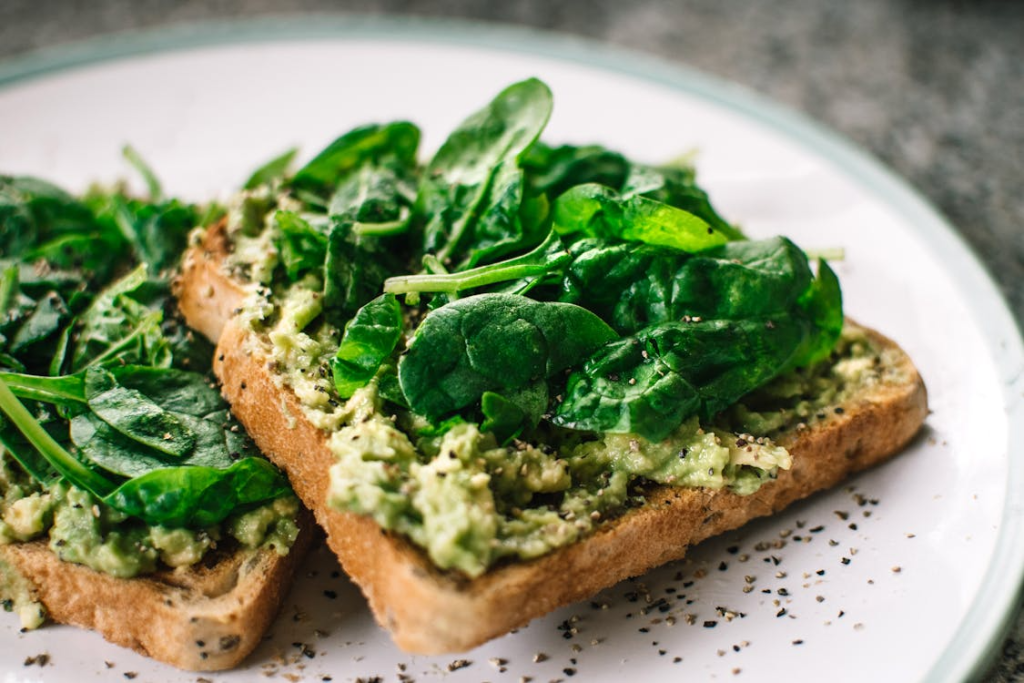
Spinach and other leafy vegetables contain high nitrate concentrations from soil absorption. If not stored properly, these nitrates can be converted by bacteria into nitrites, which may, under certain conditions like high heat and the presence of proteins, form potentially carcinogenic nitrosamines. This transformation is more likely when such foods are left at room temperature too long or reheated improperly, especially multiple times.
These chemical changes can, in rare cases, affect the body’s oxygen-carrying capacity and may contribute to cancer risk through the formation of nitrosamines. However, recent research suggests that with proper storage and a single reheating, leafy greens remain safe to eat. To reduce the already low risk of nitrosamine formation, store cooked vegetables promptly and avoid repeated reheating.
8. Oily Foods Release Toxic Vapors
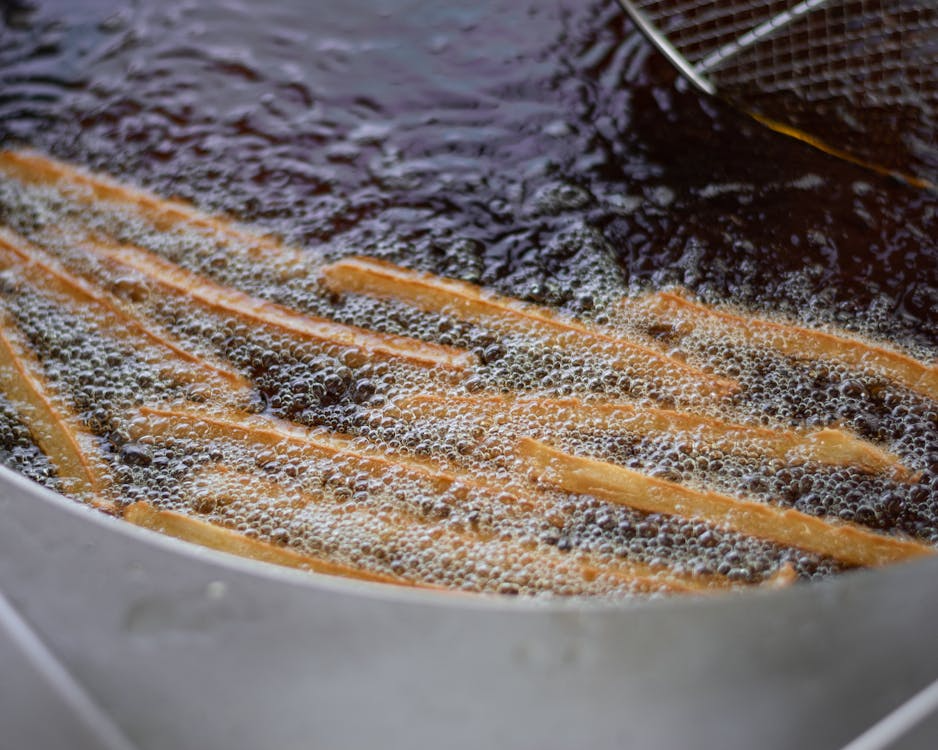
Different cooking oils have specific heat tolerance levels that vary. Heating cooking oil beyond its safe and recommended temperatures produces toxic fumes and dangerous chemical compounds. Microwave reheating can cause oils to smoke and release harmful vapors quickly.
Repeated heating breaks down beneficial omega-3 fatty acids in healthy oils. High temperatures transform unsaturated fats into harmful trans fats and free radicals. These compounds contribute to heart disease and other serious health problems. Reheat oily foods using low temperatures or avoid reheating entirely.
Read More: 12 Mistakes To Avoid When Defrosting Meat
9. Baby Food Requires Special Handling
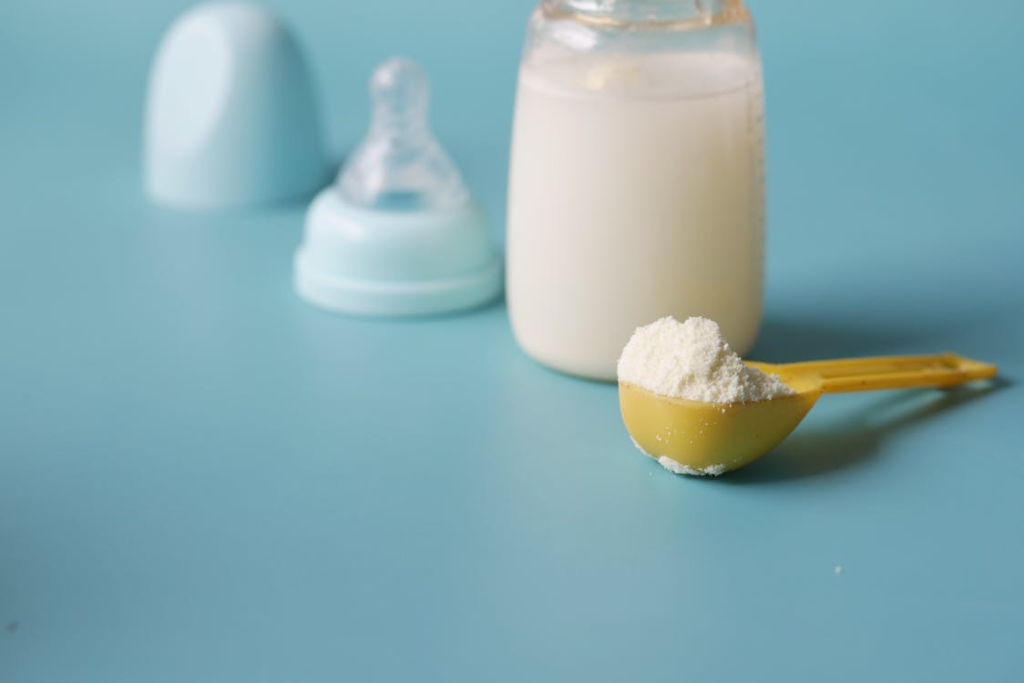
Breast milk and baby food need gentle warming methods to preserve nutrients. Microwaves heat unevenly, creating dangerous hot spots that can burn infant mouths. The uneven heating also destroys beneficial antibodies and enzymes in breast milk.
Use hot water baths for safe warming instead of microwave reheating. Never reheat breast milk that has been previously warmed or left at room temperature. Bacterial growth occurs rapidly in nutrient-rich baby foods and breast milk. Follow strict storage guidelines and discard any questionable portions immediately.
Conclusion
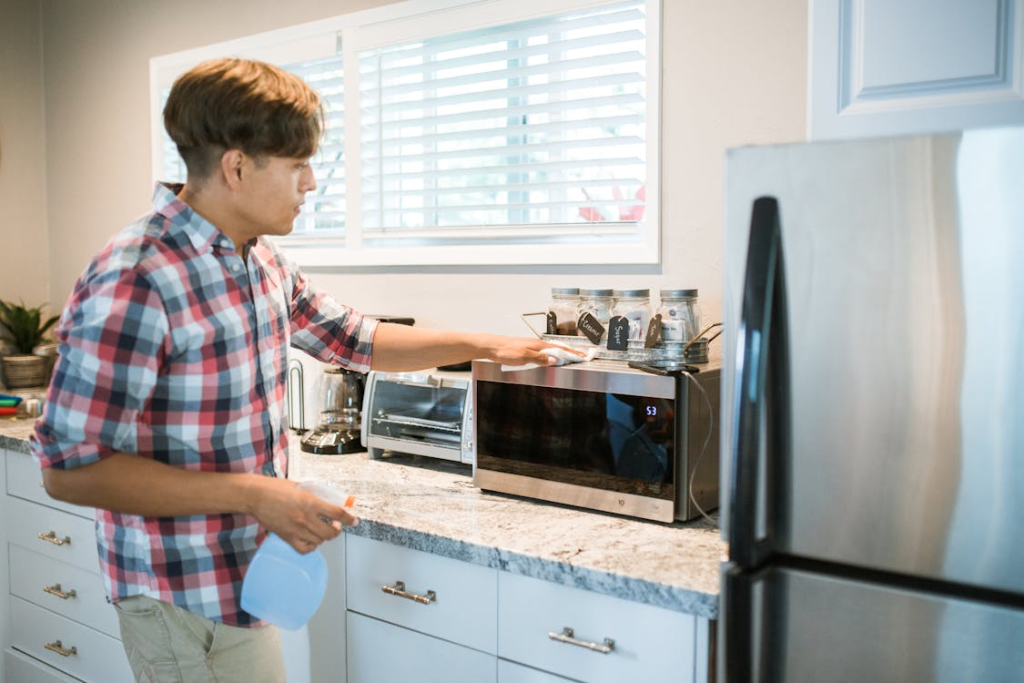
When you need to reheat food, always ensure it reaches steaming temperatures throughout. Use food thermometers to verify safe internal temperatures before consumption. Store leftovers properly in the refrigerator within 2 hours of cooking.
Store leftovers in the freezer if you intend to eat them over an extended period. Once reheated, do not refrigerate and reheat again, as that will increase your risk of food poisoning and serious health issues. Understanding these risks helps you enjoy leftovers safely while protecting your family’s health.
